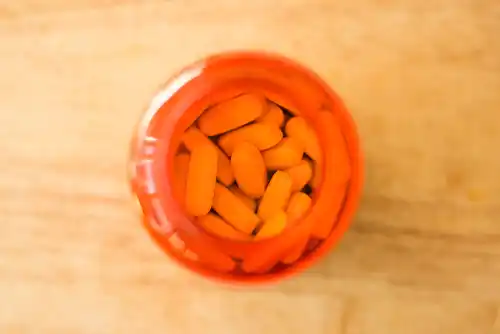 In our previous blogs, we’ve discussed the basic ins and outs of the opioid antagonist brand known as Suboxone. We know how it helps to support recovery in patients struggling with opioid addiction, and we know how Recovery Care applies Suboxone treatment in WV and PA as just one part of a comprehensive recovery plan which also includes counseling and recovery-based primary care. But we didn’t always have Suboxone and other medications like it. What did our journey here look like?
In our previous blogs, we’ve discussed the basic ins and outs of the opioid antagonist brand known as Suboxone. We know how it helps to support recovery in patients struggling with opioid addiction, and we know how Recovery Care applies Suboxone treatment in WV and PA as just one part of a comprehensive recovery plan which also includes counseling and recovery-based primary care. But we didn’t always have Suboxone and other medications like it. What did our journey here look like?
Recovery Care is proud to be among the top Suboxone clinics in West Virginia and Pennsylvania. We want our patients to be well-educated on every aspect of their care, especially when they opt for medication-assisted treatment. Here are a few interesting facts about Suboxone’s history as an addiction recovery aide:
Suboxone Wasn’t Originally for Addiction
As we’ve touched on previously in our blogs, Suboxone wasn’t always Suboxone. The original medication that would eventually be developed into Suboxone (and remains a major ingredient in Suboxone today) is called buprenorphine.
Buprenorphine was originally developed way back in 1966, and it was designed to be an alternative pain reliever to the time’s industry standard: morphine. At this time in medical history, the unpleasant (if not dangerous) side-effects and addictive properties of morphine were already known. Buprenorphine was meant to provide patients with pain relief without putting them through additional struggles.
MAT for Addiction Took Thirty Years
Buprenorphine itself took scientists two years of clinical testing to perfect, and they went through multiple failed attempts in the process. However, once they succeeded, the researchers who developed buprenorphine believed early on that their medication could also help those in treatment for narcotic addiction.
This conclusion can be linked to buprenorphine’s ability to negate the “opioid effect” which causes a high. Unfortunately, it would be another thirty years before buprenorphine would be offered to patients battling addiction.
Suboxone is Two-For-One
Originally, a pharmaceutical company called Reckitt released buprenorphine in 1995 under the name Subutex. This release was in response to the AIDS epidemic, which was disproportionately affecting heroin users and those using other intravenous drugs. While Subutex was fairly successful, it was also itself highly addictive, and there was a high risk for those in treatment for their addictions to abuse the medication meant to help them.
To solve this problem, the National Institute on Drug Abuse (NIDA) initiated the development of a medication that combined buprenorphine with something called “methadone diversion,” which reduces the addictive properties of buprenorphine alone. The solution was creating a combination drug featuring buprenorphine and Naloxone, the brand name of an effective methadone diversion. The result? Suboxone, which doesn’t produce the high that made Subutex so addictive.
Dr. Rosen and the team at Recovery Care strongly encourage those struggling with opioid addiction to consider medication-assisted treatment (MAT) as a part of your comprehensive recovery plan. We provide Suboxone treatment in West Virginia, as well as in our Pennsylvania locations.
Ready to get the care you need to recover from opioid addiction? Schedule an appointment today and take the first step toward being your best self.


